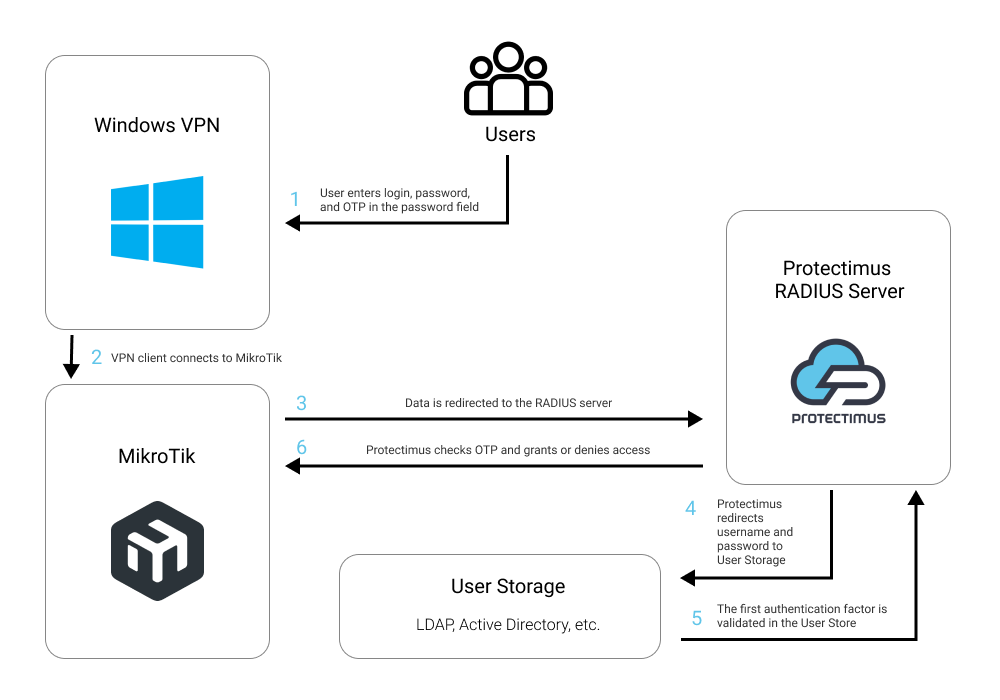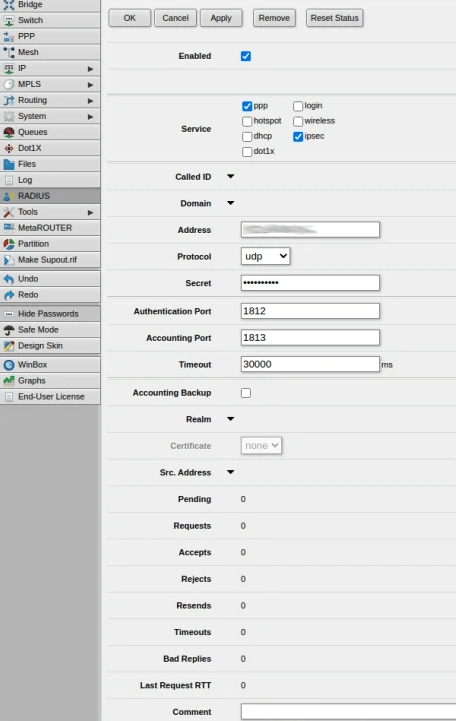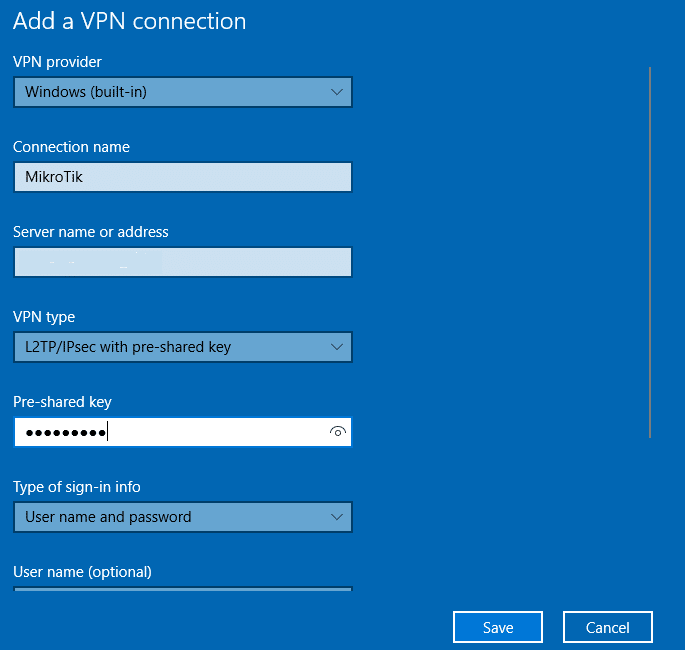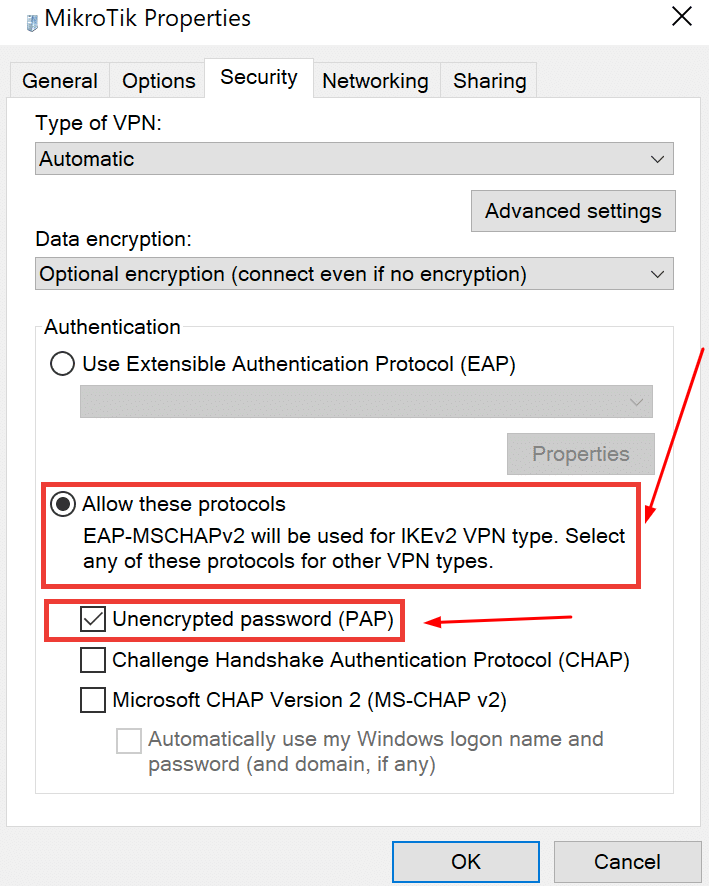Programmable hardware TOTP token in a card format that fits any authentication system
Classic hardware TOTP token with SHA-1 algorithm support
Programmable hardware TOTP token in a key fob format that fits any authentication system
Classic hardware TOTP token with SHA-256 algorithm support
Programmable hardware TOTP token in a card format that fits any authentication system
Classic hardware TOTP token with SHA-1 algorithm support
Programmable hardware TOTP token in a key fob format that fits any authentication system
Classic hardware TOTP token with SHA-256 algorithm support
A free 2FA authenticator app with cloud backup, easy token transfer to a new phone, PIN and biometric authentication protection
Free OTP delivery with chatbots in messaging apps
Delivery of one-time passwords via SMS messages
Free delivery of one-time passwords via email
Free one-time passwords delivery via push notifications
A free 2FA authenticator app with cloud backup, easy token transfer to a new phone, PIN and biometric authentication protection
Free OTP delivery with chatbots in messaging apps
Delivery of one-time passwords via SMS messages
Free delivery of one-time passwords via email
Free one-time passwords delivery via push notifications
Guides
This guide describes how to enable Protectimus Two-Factor Authentication (2FA) for users connecting to MikroTik VPN.
The Protectimus two-factor authentication system can be integrated with MikroTik VPN via RADIUS authentication protocol. For this purpose, you need to install an on-premise Protectimus RADIUS Server component and configure the MikroTik VPN to refer to the Protectimus RADIUS Server for user authentication.
See how Protectimus two-factor authentication solution works for MikroTik VPN in the scheme below.

After integrating MikroTik VPN with the Protectimus MFA system, your users will need to pass two stages of authentication to connect to MikroTik VPN:
To generate one-time passcodes, the following types of two-factor authentication tokens will be available to your users:
It is a challenging task for the intruder to hack two authentication factors that differ in their nature (something the user knows and owns) and use them simultaneously within 30 seconds (the time when the one-time password remains active). That is why two-factor authentication is one of the best security measures for MikroTik VPN.
You can set up MikroTik VPN two-factor authentication (2FA) with Protectimus using the RADIUS protocol:
- Get registered with Protectimus SAAS Service or install the On-Premise 2FA Platform and configure basic settings.
- Install and configure Protectimus RADIUS Server.
- Configure MikroTik VPN Client.
- Configure Windows VPN.
Detailed instructions for installing and configuring the Protectimus RADIUS Server for MikroTik VPN 2-factor authentication using RADIUS are available in our Protectimus RADIUS Server Installation Guide for MikroTik VPN 2FA.


| VPN Provider | Windows (in-built) |
| Connection name | MikroTik |
| Server name or address | Enter the IP address of your server |
| VPN type | Select your VPN Type. We chose L2TP/IPsec with pre-shared key, but you have to select the one you use in MikroTik. |
| Pre-shared key | Indicate the shared secret you created in the Protectimus radius.yml file (radius.secret property) when configuring Protectimus RADIUS Server |
| Type of sign-in info | User name and password |
| User name (optional) | Your user name |
| Password (optional) | Your password |


Integration of two-factor authentication (2FA/MFA) for your MikroTik VPN is now complete.
If you have other questions, contact Protectimus customer support service.
Protectimus Ltd
Carrick house, 49 Fitzwilliam Square,
Dublin D02 N578, Ireland
Ireland: +353 19 014 565
USA: +1 786 796 66 64
Protectimus Ltd
Carrick house, 49 Fitzwilliam Square,
Dublin D02 N578, Ireland
Ireland: +353 19 014 565
USA: +1 786 796 66 64


